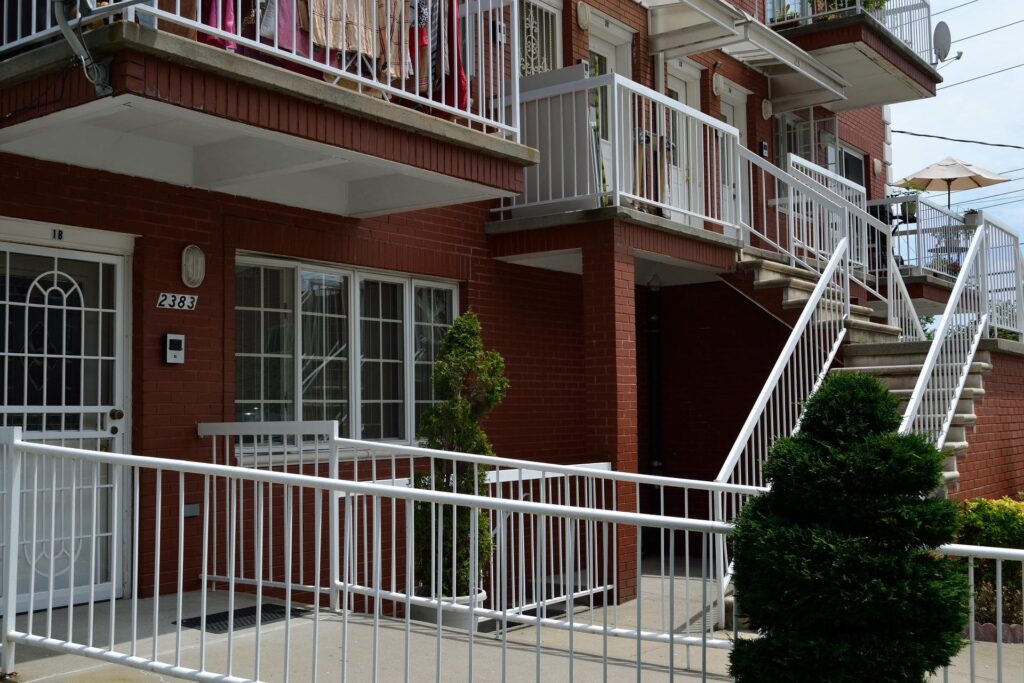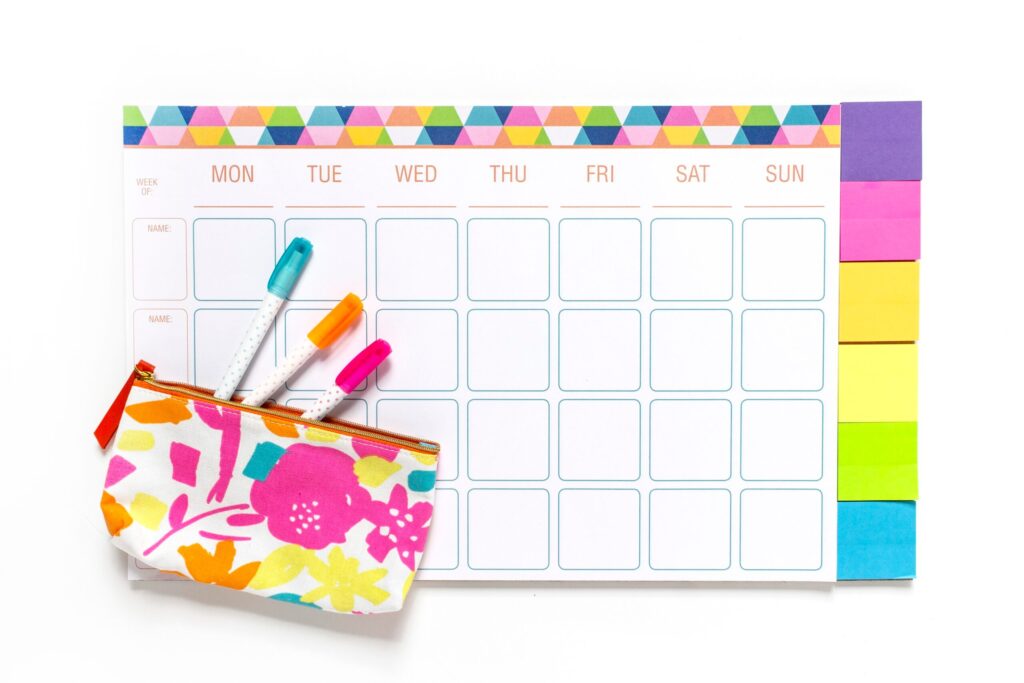You might have heard about the 30% rent budget rule that guides the maximum amount you should allocate for that purpose. 70% of your income should be kept available for other expenses, including saving for retirement. Whether you are currently living in a rental or are hoping to find an affordable place, one thing is certain, you need peace of mind. Finding the right apartment is only the beginning; once you sign the lease, you’ll need to figure out how much rent you can afford every month.
Staying within budget is one of the biggest challenges for any renter, whether you’ve been renting for years or this is your first time signing a lease. Whether you want to upgrade from an efficiency to a one-bedroom unit with a roommate, or narrow your search from an expansive list of potential homes based on their monthly rent price tag, determining how much rent is affordable is essential.
There are many factors that go into determining an affordable rent amount for your lifestyle and financial situation. However, if you follow the 30% rent budget rule when calculating your monthly rent cost, it will be much easier to stay in a place that makes you happy without going above your price range.
You also read about the habits of the super rich.
What is the 30% rent budget rule?
The 30% rent budget rule is a simple equation that will help you stay within budget when renting. It provides that if about 30% of your budget goes towards rent, then you are most likely going to be able to meet other expenses with relative ease.
Why is the 30% rent budget rule important?
This rule is essential because it guides how much should be allocated to rent expenses every month. This is because rent is in most cases are the highest expense item in your budget. Additionally, housing is a basic need. Please note, that the 30% rent budget rule is applicable to people with home loans. Just treat the monthly installment as rent for the purpose of calculating 30%.
How to Calculate the 30% Rent budgeting rule
The 30% rent budget rule is simple: take your annual income and divide it by twelve, then multiply that number by 30%. So, if you make $30,000 a year, the monthly rent you can afford would be $750. This is a good starting point because it will cover most rentals in the area while still leaving plenty of room in the budget to cover other necessities like groceries and gas. Sticking to an affordable rent limit will also prevent you from being stressed about having enough money every month to cover expenses like electricity and groceries.
When you decide to use 30% rent budget rule when moving , stick to It
The first step is deciding on a date to begin searching for a new home. This will help you create your rent budget and adjust it accordingly. Make sure you take into account any days that you’ll be out of the house, whether it’s for work or vacation.
The next step is to decide what type of rental unit you want: traditional apartment, houseshare with roommates, efficiency, one-bedroom, etc. Whichever option you use, the rent budgeting rule will still apply.
Once you have narrowed down the search from all listings to the types of rentals that interest you, use a website or app like Zillow or Apartment List to research and compare properties and their respective rent prices. You can also consult websites like Rentometer to see how different neighborhoods compare in terms of price points.
Pro tip: Finding a place with a fixed lease term
Before you sign a lease, it’s important to understand what your monthly rent will be for the next year or so. It may seem like a simple request, but if your lease is month-to-month, it’s easy to go over budget each month. If your landlord is flexible with terms and offers a fixed lease term, this is much better than a month-to-month agreement.
If you know how much rent you can afford each month for the next year, you won’t have to worry about going over budget at the end of the month when calculating your rent estimate. This is an essential step in staying within parameters set in the 30% rent budgeting rule.
Estimate Your Monthly Bills and Add Them to Your Calculation
The 30% rule is based on your monthly income. This means that when you’re calculating your monthly rent, you need to take into account how much you spend on other housing costs, like utilities, groceries, or cable.
You also need to think about what the average cost of living in your area is each month. If you live in a metropolitan area with a higher average cost of living than most areas in the United States, you should factor that into your calculation.
When 30% rent budgeting rule does not apply?
There are instances where this rule will be difficult to apply.
- When you live in a high-cost neighborhood, but not by choice. Think about people who don’t work between 8a.m and 5 p.m. They may be forced to live in slightly expensive areas to compensate for the risks of arriving home late.
- When your earnings are high. A person that earns $10,000 will need to provide $3,000 of you to apply the 30% rent budgeting rule. But the same rent of $3,000 will be 10% for a person earning $30,000.
- Some people live in their houses and don’t pay rent or home loans.
- Holders of sensitive jobs or celebrities will not base their decisions on the 30% rent budgeting rule. They will prioritize privacy.
Don’t Forget About Repairs and Upkeep
Apart from 30% rent budgeting rule, there’s a lot to consider when you’re looking for your next rental, it’s important not to forget about ongoing repairs and upkeep. No matter how well-maintained the property may seem, it’s important to read the lease agreement and understand what is (and isn’t) included in the monthly rent amount. This includes understanding if you are responsible for lawn care, snow removal, pest control, or other routine maintenance. If these expenses are not included in the rent cost, you will have to set aside additional funds each month—either by cutting back on spending elsewhere or increasing your income—to cover them.
You’ll also want to verify that you know what can be expected in terms of emergency maintenance costs that might arise after signing the lease. If you have a question about whether an item is covered by the landlord’s maintenance plan or if an emergency home repair will be deducted from your deposit at the end of your lease term, ask! Otherwise, a surprise expense like a broken window could catch you off guard when you least expect it—possibly leaving you scrambling for money in an already tight financial situation.
Final Words: Stay within your means when renting by sticking to the 30% rent budget rule
In most cities, the average monthly rent is more than 30% of your income. That means if you spend too much on rent, there’s a high chance that you won’t be able to afford other essentials like groceries, transportation, and utilities. To stay within your budget when renting, start by determining how much of your income should go towards rent each month.
Figure out if you are within 30% rent budget rule and your income can afford to spend on rent each month: for example, if your monthly take-home pay is $3,000, and you only want to spend 30% of it on rent, then $900 would be the maximum amount you could comfortably spend. Don’t forget to factor in any other mandatory expenses (e.g., healthcare) that may eat into your budget. Deciding how much is affordable will help ease the stress of finding a place that meets all your needs while staying within budget.



